BLOG

Is Point Focusing Horn Lens Antenna Ideal for High-Frequency Systems?
August 19, 2025
In the rapidly evolving landscape of high-frequency microwave communications, the quest for precision and efficiency has led engineers to innovative antenna solutions. Among these cutting-edge technologies, the Point Focusing Horn Lens Antenna stands out as a remarkable achievement in microwave engineering. This sophisticated antenna system combines the directional properties of horn antennas with the focusing capabilities of precision lenses, creating a highly specialized tool for demanding applications. The Point Focusing Horn Lens Antenna represents a paradigm shift in how we approach signal transmission and reception in frequencies extending up to 110 GHz, making it particularly valuable for next-generation communication systems, satellite technologies, and advanced radar applications where signal integrity and precision are paramount.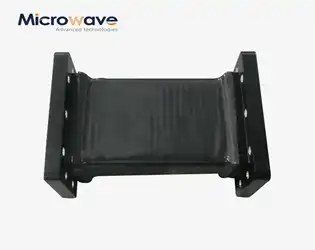
Flexible Seamless Waveguide in Action: Case Studies from Leading OEMs
August 18, 2025
In today's rapidly evolving microwave technology landscape, Flexible Seamless Waveguide solutions have emerged as critical components driving innovation across multiple industries. This comprehensive examination explores real-world applications and case studies from leading Original Equipment Manufacturers (OEMs) who have successfully integrated flexible seamless waveguide technology into their systems. From satellite communications to aerospace defense applications, these case studies demonstrate how advanced waveguide solutions from manufacturers like Advanced Microwave Technologies Co., Ltd. are enabling breakthrough performance in mission-critical environments. The seamless design and exceptional flexibility of modern waveguides have revolutionized system architectures, allowing engineers to overcome traditional constraints while maintaining signal integrity and operational reliability across demanding frequency ranges up to 110 GHz.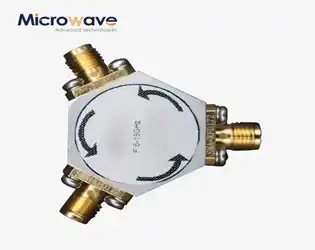
The 2025 Buyer's Guide to Coaxial Broadband Circulator Technology
August 18, 2025
In the rapidly evolving landscape of microwave technology and RF communications, selecting the right Coaxial Broadband Circulator has become increasingly critical for system designers and engineers. This comprehensive buyer's guide provides essential insights into the latest advancements, specifications, and applications of coaxial broadband circulators in 2025. As wireless communication systems demand higher frequencies, broader bandwidths, and improved signal integrity, understanding the technical nuances of these passive devices becomes paramount for successful system implementation. Whether you're designing satellite communication systems, radar installations, or telecommunications infrastructure, this guide will help you navigate the complex selection criteria and identify the optimal Coaxial Broadband Circulator solution for your specific requirements.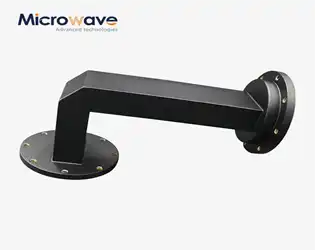
Why Engineers Prefer Waveguide Miter Bends in Complex Systems?
August 18, 2025
In the intricate world of microwave engineering, the choice of components can significantly impact system performance, reliability, and overall operational efficiency. Engineers consistently gravitate toward Waveguide Miter Bend solutions when designing complex systems because these precision-engineered components offer unparalleled signal integrity, exceptional durability, and remarkable versatility across diverse applications. The preference stems from their ability to redirect high-frequency signals with minimal loss while maintaining strict impedance matching requirements essential for satellite communications, radar systems, and aerospace applications. Advanced manufacturing techniques ensure these components deliver consistent performance across frequency ranges up to 110 GHz, making them indispensable for modern microwave systems where precision and reliability are non-negotiable factors.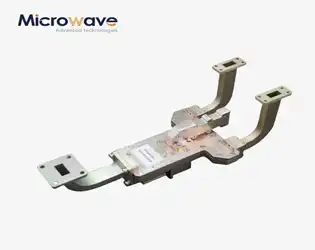
Magic Hybrid Tee: The Future of Waveguide Coupling
August 15, 2025
In the rapidly evolving landscape of microwave technology, the Magic Hybrid Tee stands as a revolutionary four-port coupler that redefines precision in waveguide coupling applications. This cutting-edge component represents the pinnacle of engineering excellence, delivering unmatched performance in power division, signal combining, and phase manipulation across diverse high-frequency applications. Advanced Microwave Technologies Co., Ltd has leveraged over two decades of expertise to develop Magic Hybrid Tee solutions that address the most demanding requirements in satellite communications, defense systems, and aerospace industries. With its superior isolation characteristics, minimal insertion loss, and exceptional phase control capabilities, the product is not merely an evolution in waveguide technology—it is the cornerstone of next-generation microwave systems that demand absolute precision and reliability.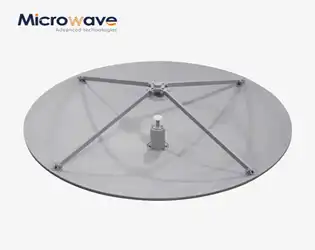
What’s the Role of a Cassegrain Antenna in Earth Station Setups?
August 15, 2025
Earth station setups form the backbone of modern satellite communications, requiring highly efficient antenna systems to establish reliable connections with orbiting satellites. Among the various antenna configurations available, the Cassegrain Antenna stands out as a critical component that significantly enhances the performance and reliability of ground-based communication systems. This dual-reflector antenna design plays a pivotal role in optimizing signal transmission and reception capabilities, making it an indispensable element in contemporary earth station infrastructure. The Cassegrain Antenna serves multiple essential functions within earth station setups, primarily focusing on maximizing signal quality while minimizing operational complexities. Its unique configuration enables superior beam focusing, reduced signal loss, and enhanced operational efficiency compared to traditional single-reflector systems. Understanding the specific role and advantages of Cassegrain antennas in earth station applications is crucial for engineers, system designers, and telecommunications professionals who aim to optimize their satellite communication networks for maximum performance and reliability.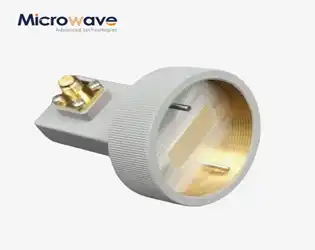
Waveguide Adapter Insights: Efficiency, Accuracy, and Durability
August 15, 2025
In the sophisticated realm of microwave and radio frequency technology, waveguide adapters serve as critical interconnection components that bridge different transmission systems with remarkable precision. These essential devices have revolutionized signal transmission across diverse applications, from satellite communications to radar systems. Waveguide Adapter technology represents a pinnacle of engineering excellence, where efficiency meets accuracy in seamless signal conversion and impedance matching. Understanding the intricate balance between these three fundamental characteristics—efficiency, accuracy, and durability—becomes paramount for engineers and system designers seeking optimal performance in their microwave applications. This comprehensive exploration delves into the technical sophistication and practical applications that make waveguide adapters indispensable in modern communication infrastructure.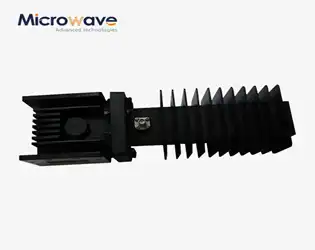
Waveguide Isolator Buying Tips: What Experts Recommend in 2025
August 14, 2025
As the microwave technology landscape continues to evolve rapidly in 2025, selecting the right waveguide isolator has become increasingly critical for engineers and procurement specialists. With applications spanning satellite communications, aerospace defense systems, and next-generation telecommunications infrastructure, the stakes for making informed purchasing decisions have never been higher. This comprehensive guide presents expert-backed strategies for navigating the complex world of waveguide isolator procurement, ensuring your investment delivers optimal performance, reliability, and long-term value for your specific applications.




